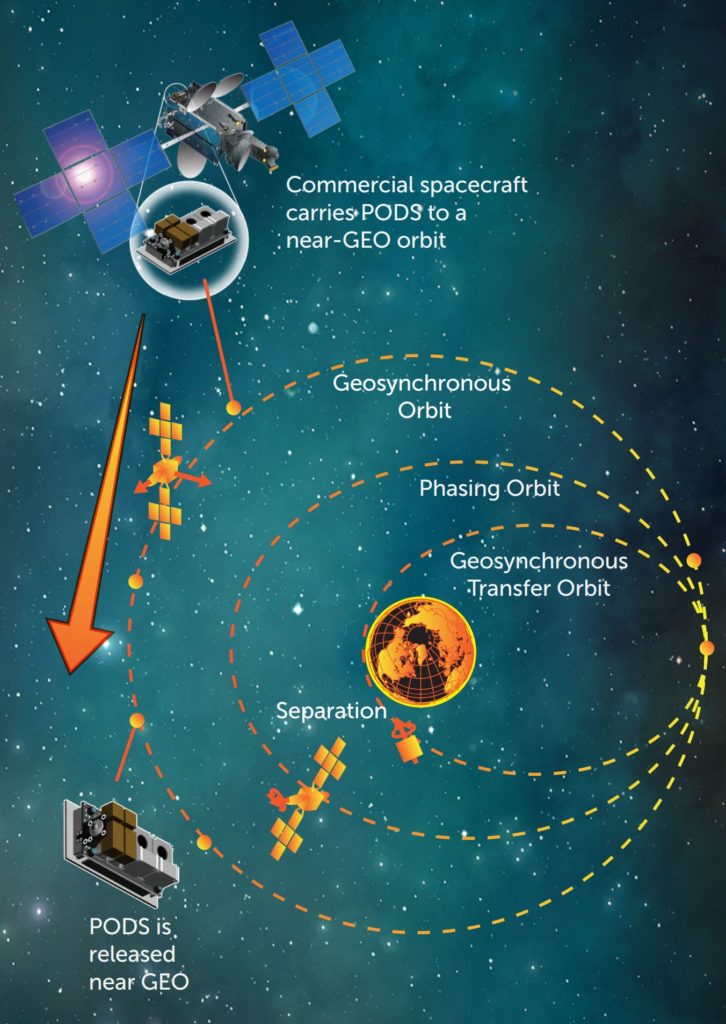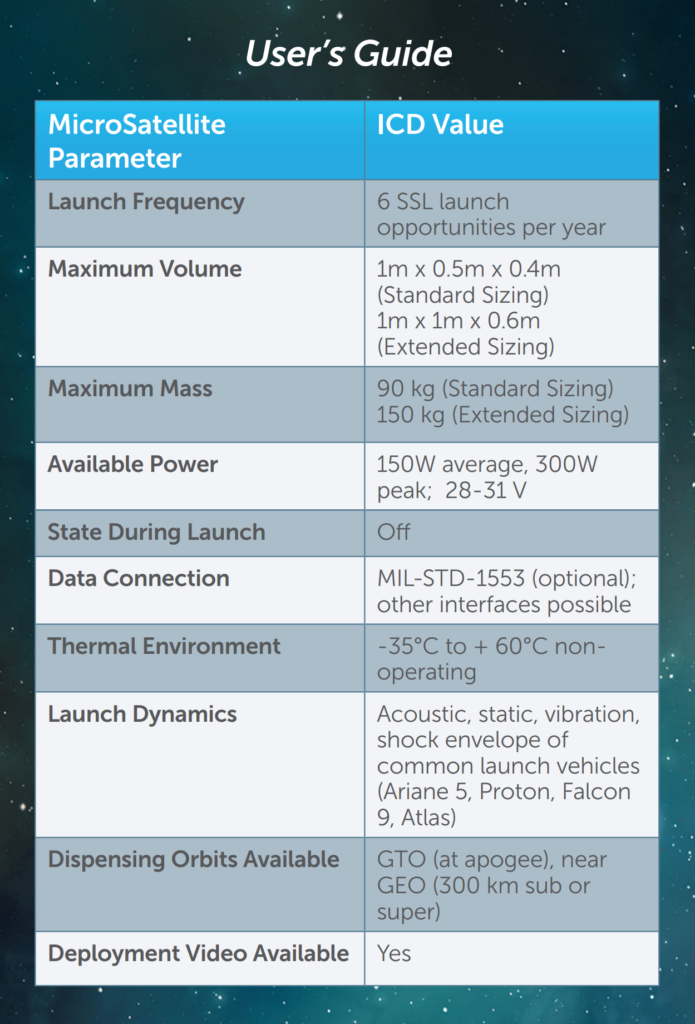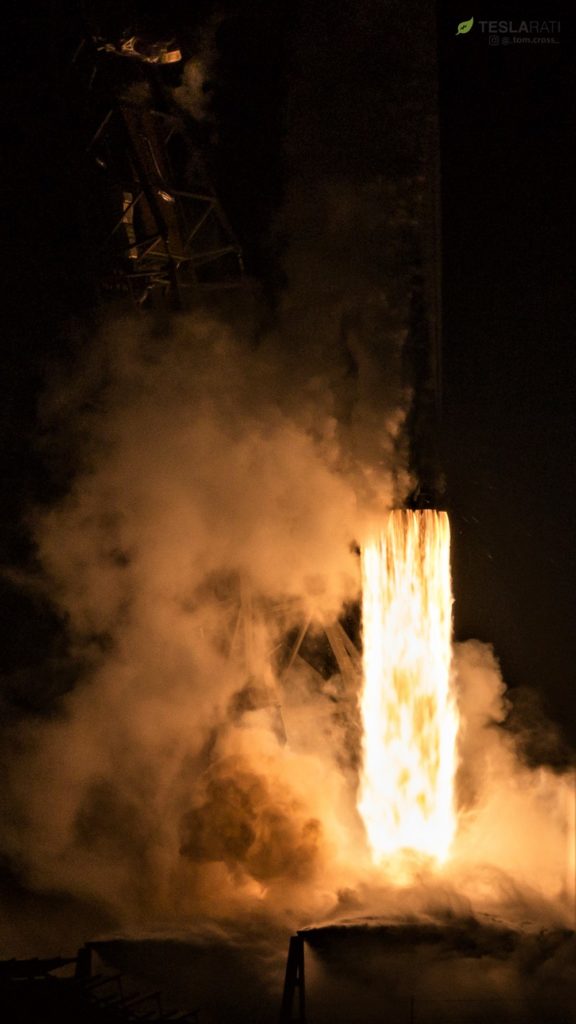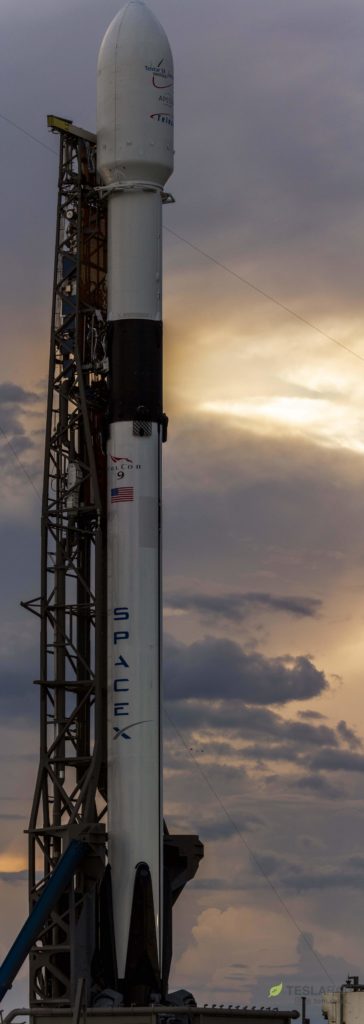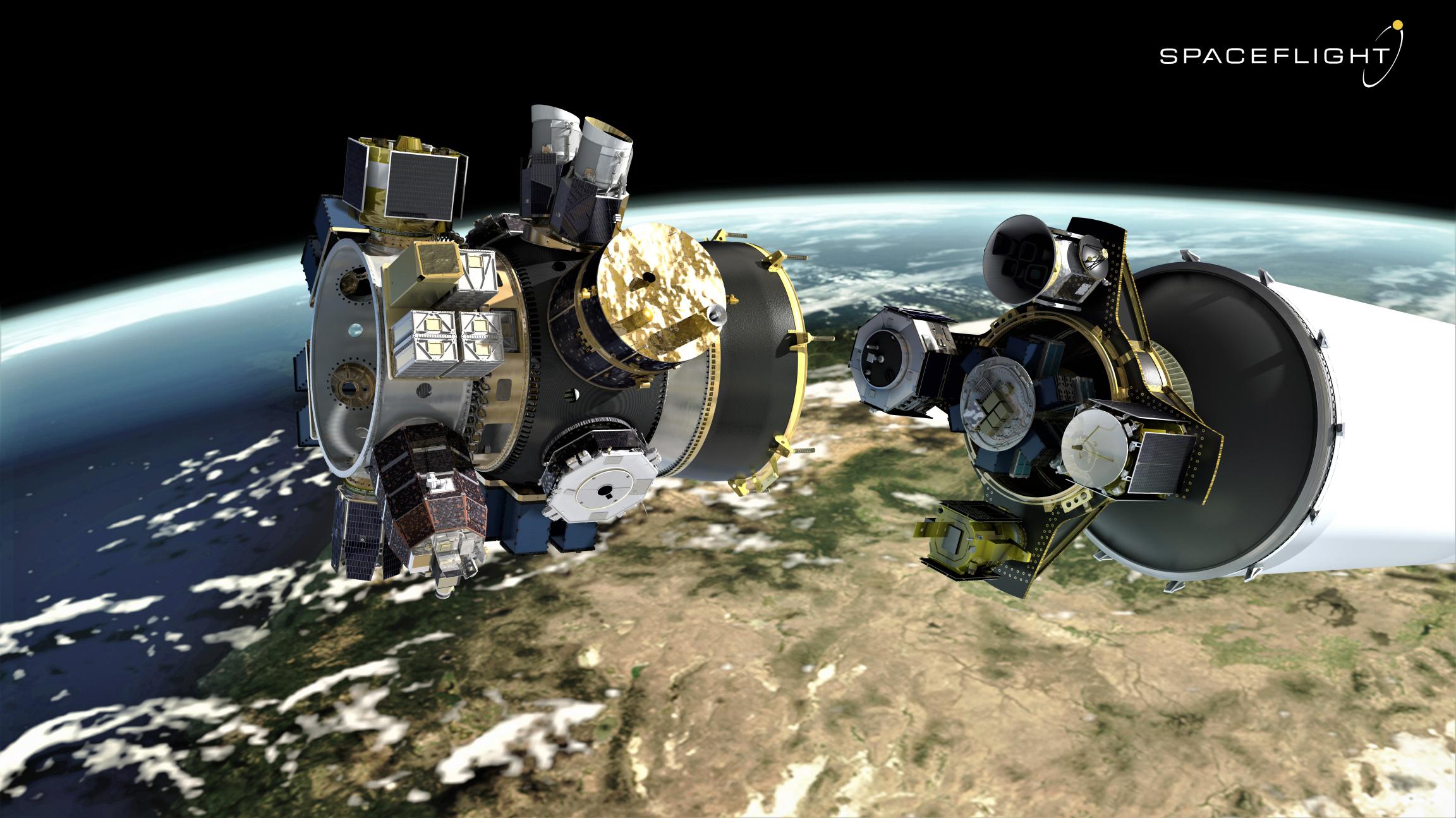
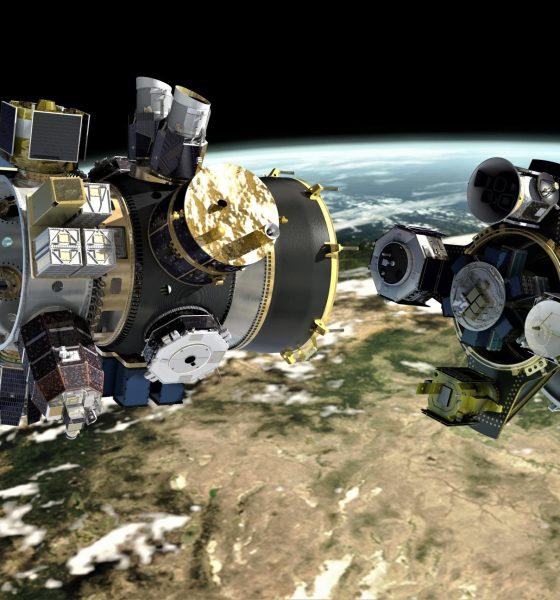
News
SpaceX Falcon 9 rideshare launch to send a commercial lander to the Moon in 2019
According to a press release published on September 11 in conjunction with the 2018 World Satellite Business Week conference, satellite rideshare organizer Spaceflight Industries and SpaceX are on track for the first functionally dedicated rideshare mission to a relatively high-energy geostationary transfer orbit.
Expected to occur as soon as early 2019, Spaceflight has arranged the addition of “several undisclosed payloads” but was able to confirm that Israel-based company SpaceIL’s lunar lander spacecraft – deemed Sparrow – will be onboard Falcon 9 come launch, potentially paving the way for the first-ever commercial spacecraft landing on an extraterrestrial planet (or moon).
Did you hear? We're offering rideshare to GTO/GSO now. https://t.co/s5i9brlSqz
— Spaceflight (@SpaceflightInc) September 11, 2018
A bit more than “Uber for space”
Although any rocket or satellite launch on its own is already a sort of wildly complex symphony, rideshare missions – potentially carrying dozens of individual satellites – up the intensity by a significant degree, demanding magnitudes more separation events (i.e. satellite deployments), a labyrinth-like hell for the payload organizer tasked with herding dozens of distinct spacecraft into one payload fairing come launch time, and often multiple orbit drop-off points.
Still, at the cost of some amount of added risk (of both failures and launch delays) and less flexibility to pick and choose orbits, rideshare customers are granted launch prices that should – in theory – be fundamentally unbeatable with dedicated launches, using an entire rocket for no more than a handful of payloads. Intriguingly, at least in the case of Spaceflight Industry’s first organized rideshare to geostationary orbit, Falcon 9’s capabilities are truly unbeatable at SI’s cost per customer, thanks to the reality that such a high-energy orbit is functionally unreachable to the array of dedicated smallsat rockets with purportedly imminent commercial launch debuts (Rocket Lab, Virgin Orbit, Vector, and others).
Watch us assemble our payload stack for #SSO-A in just over a minute: pic.twitter.com/UFXAKWkNy1
— Spaceflight (@SpaceflightInc) October 4, 2017
Even more intriguingly, it appears that this rideshare will go so far as to offer a ride to a true, circular geostationary orbit for a few copassengers, versus the highly-elliptical parking orbit Falcon 9 will place the whole payload stack in. It has yet to be specifically confirmed what the primary (heaviest) payload will be for this inaugural geostationary rideshare, but nearly all available signs are pointing towards a fairly large (5000 kilogram) communications satellite built by Space Systems Loral (SSL). Further, the satellite itself will serve as the mode of transportation to carry a number of copassenger spacecraft from SpaceX’s geostationary transfer orbit to the final circular orbit roughly 22,500 mi (~36,000 km) above Earth’s surface.
Satellite rideshares, brought to you by the US military?
The story deepens further still. All available signs also suggest a high probability that this launch will become one of SSL’s first operational uses of a currently-experimental rideshare plan known as PODS, in which fairly small satellites would quite literally piggyback on large, commercial satellites into exotic and high-energy orbits, far beyond the low Earth orbits primarily available to rideshare payloads. This could open a whole new world of affordable, cubesat-style exploration, ranging from student-led missions with unprecedented reach to fleets of NASA-funded scientific smallsats, and perhaps even self-propelled interplanetary cubesats once miniature propulsion is available.
- An SSL graphic explains the company’s PODS technology. (SSL)
- This condensed User’s Guide lists the basics of PODS ridesharing. (SSL)
- Falcon 9 B1049 lifts off from SpaceX’s LC-40 pad on September 10, producing more than 1.7 million pounds of thrust.(Tom Cross)
- Falcon 9 Block 5 will be absolutely critical to the success (and even the basic completion) of Starlink. (Tom Cross)
Funded and sponsored to some extent by US military research agency DARPA, it just so happens that an SSL-built satellite launched by SpaceX six months ago – Hispasat 30W-6, March 2018 – successfully debuted that PODS rideshare technology in an experimental test, deploying a secret secondary satellite funded by DARPA. That success has apparently paved the way for future PODS rideshares, and it looks like SSL may be opting to contract out the specialized task of manifesting launches and wrangling multiple copassenger satellites to Spaceflight Industries.
The primary SSL-built spacecraft, likely Indonesia’s PSN-6 geostationary communications satellite, is expected to weigh approximately 5000 kg (~11,000 lb), while SpaceIL’s commercial Sparrow lunar lander and spacecraft is currently pegged around 600 kg (1300 lb). Aside from that duo, SSL PODS can support anywhere from one to several satellite deployer add-ons, and each copassenger spacecraft has a mass limit of 90-150 kg (~200-330 lb).
As a consequence, the final mass of those 3+ integrated satellites and their associated payload adapters could easily wind up around 6500-7000 kg, a payload SpaceX’s Falcon 9 Block 5 rocket has proven itself capable of handling (Telstar 18V and 19V), but only to a fairly low-energy geostationary transfer orbit (18,000 km vs. a full GTO’s 36,000 km apogee). It’s unclear how SpaceIL’s Sparrow lunar lander would handle a relatively low-energy insertion orbit, although the PSN-6 communications satellite would certainly be able to make up for the shortfall with its own propellant supply and rocket engines.
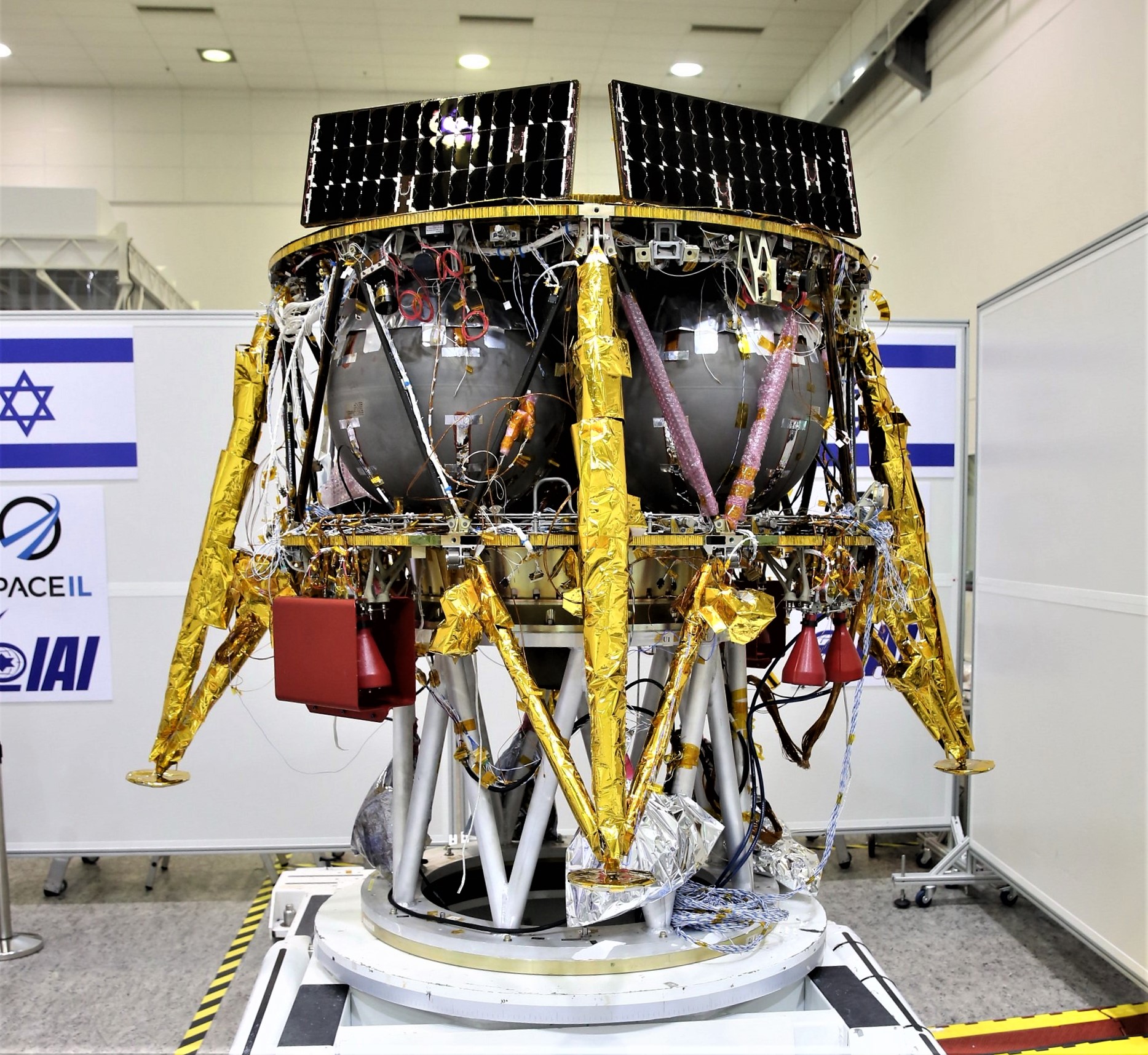
Prior to this geostationary rideshare, SpaceX and Spaceflight Industry’s first mission together – a rideshare of ~70 satellites to low Earth orbit – is expected to occur no earlier than October or November 2018 from Vandenberg Air Force Base, California.
For prompt updates, on-the-ground perspectives, and unique glimpses of SpaceX’s rocket recovery fleet check out our brand new LaunchPad and LandingZone newsletters!

News
Tesla FSD (Supervised) is about to go on “widespread” release
In a comment last October, Elon Musk stated that FSD V14.2 is “for widespread use.”
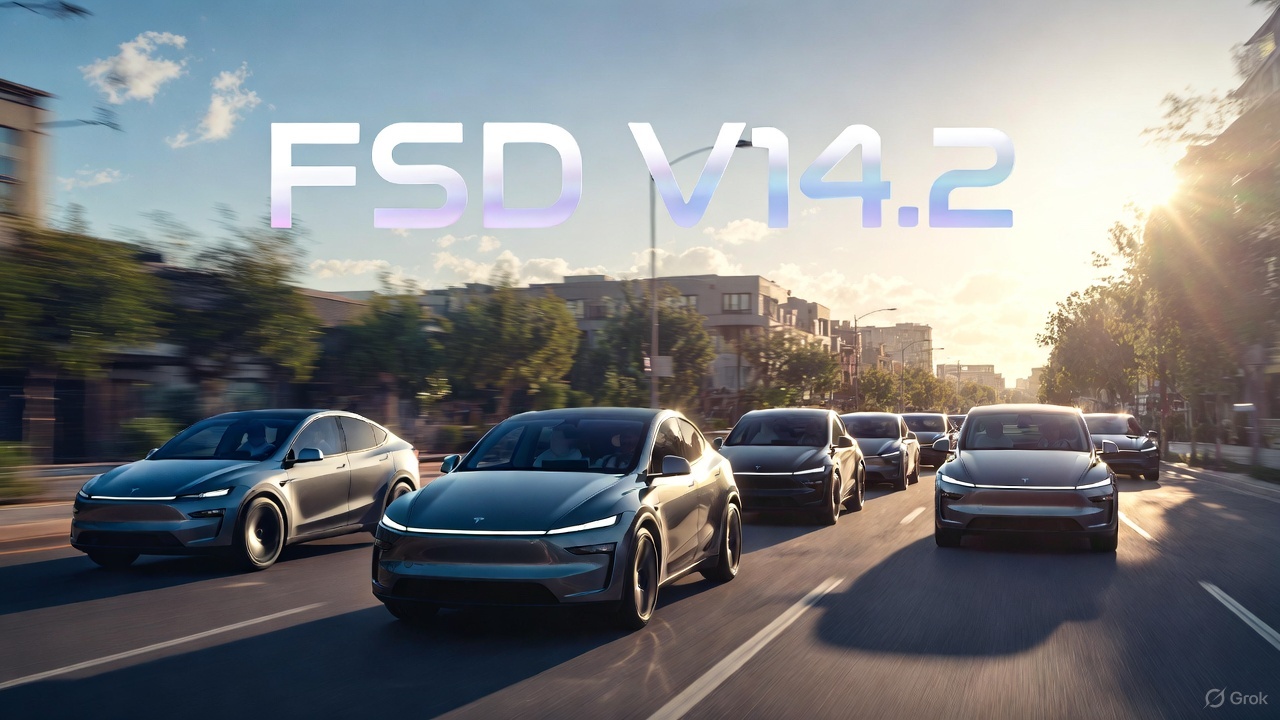
Tesla has begun rolling out Full Self-Driving (Supervised) V14.2, and with this, the wide release of the system could very well begin.
The update introduces a new high-resolution vision encoder, expanded emergency-vehicle handling, smarter routing, new parking options, and more refined driving behavior, among other improvements.
FSD V14.2 improvements
FSD (Supervised) V14.2’s release notes highlight a fully upgraded neural-network vision encoder capable of reading higher-resolution features, giving the system improved awareness of emergency vehicles, road obstacles, and even human gestures. Tesla also expanded its emergency-vehicle protocols, adding controlled pull-overs and yielding behavior for police cars, fire trucks, and ambulances, among others.
A deeper integration of navigation and routing into the vision network now allows the system to respond to blocked roads or detours in real time. The update also enhances decision-making in several complex scenarios, including unprotected turns, lane changes, vehicle cut-ins, and interactions with school buses. All in all, these improvements should help FSD (Supervised) V14.2 perform in a very smooth and comfortable manner.
Elon Musk’s predicted wide release
The significance of V14.2 grows when paired with Elon Musk’s comments from October. While responding to FSD tester AI DRIVR, who praised V14.1.2 for fixing “95% of indecisive lane changes and braking” and who noted that it was time for FSD to go on wide release, Musk stated that “14.2 for widespread use.”
FSD V14 has so far received a substantial amount of positive reviews from Tesla owners, many of whom have stated that the system now drives better than some human drivers as it is confident, cautious, and considerate at the same time. With V14.2 now rolling out, it remains to be seen if the update also makes it to the company’s wide FSD fleet, which is still populated by a large number of HW3 vehicles.
News
Tesla FSD V14.2 starts rolling out to initial batch of vehicles
It would likely only be a matter of time before FSD V14.2 videos are posted and shared on social media.
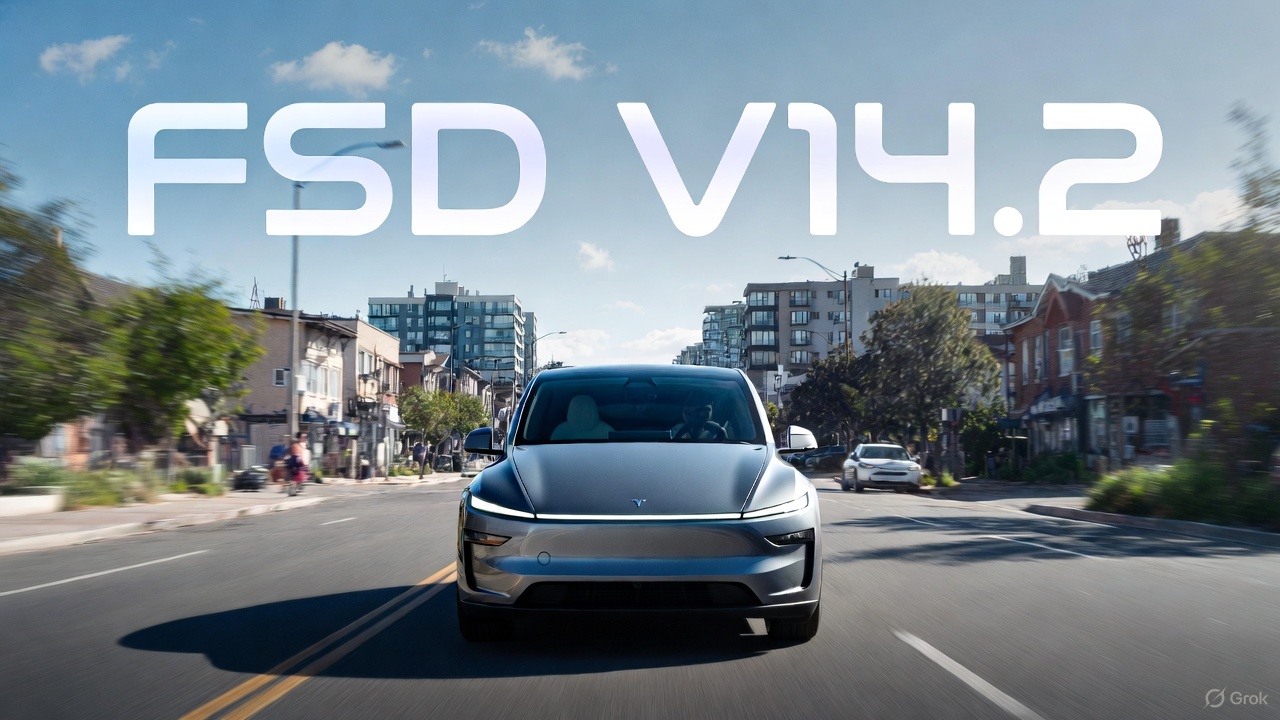
Tesla has begun pushing Full Self-Driving (Supervised) v14.2 to its initial batch of vehicles. The update was initially observed by Tesla owners and veteran FSD users on social media platform X on Friday.
So far, reports of the update have been shared by Model Y owners in California whose vehicles are equipped with the company’s AI4 hardware, though it would not be surprising if more Tesla owners across the country receive the update as well.
Based on the release notes of the update, key improvements in FSD V14.2 include a revamped neural network for better detection of emergency vehicles, obstacles, and human gestures, as well as options to select arrival spots.
It would likely only be a matter of time before FSD V14.2 videos are posted and shared on social media.
Following are the release notes of FSD (Supervised) V14.2, as shared on X by longtime FSD tester Whole Mars Catalog.
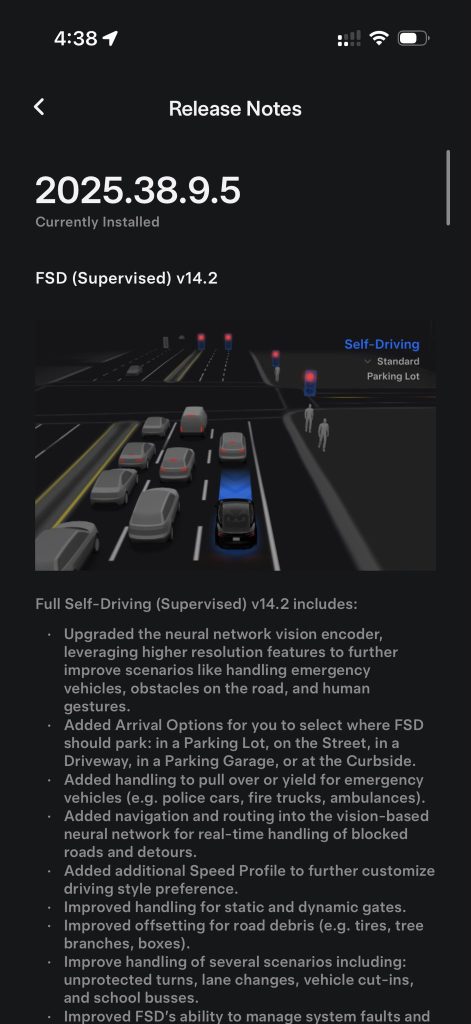
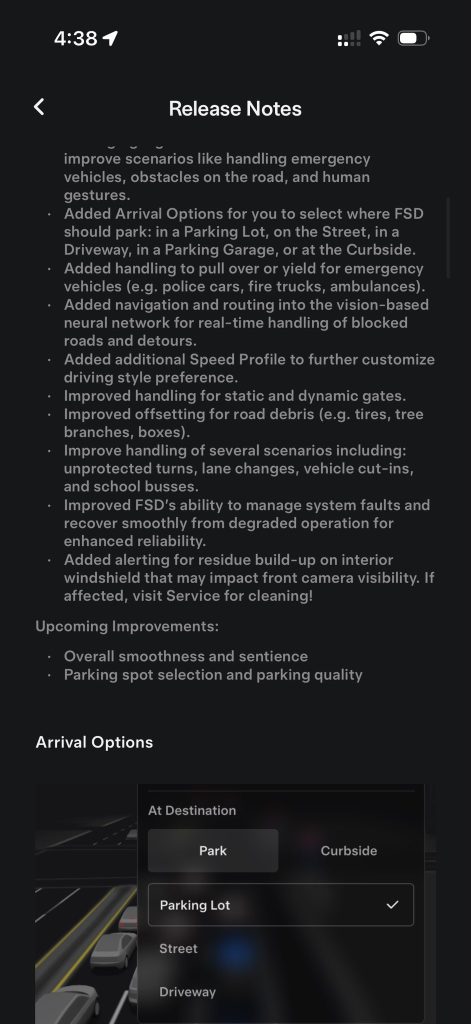
Release Notes
2025.38.9.5
Currently Installed
FSD (Supervised) v14.2
Full Self-Driving (Supervised) v14.2 includes:
- Upgraded the neural network vision encoder, leveraging higher resolution features to further improve scenarios like handling emergency vehicles, obstacles on the road, and human gestures.
- Added Arrival Options for you to select where FSD should park: in a Parking Lot, on the Street, in a Driveway, in a Parking Garage, or at the Curbside.
- Added handling to pull over or yield for emergency vehicles (e.g. police cars, fire trucks, ambulances.
- Added navigation and routing into the vision-based neural network for real-time handling of blocked roads and detours.
- Added additional Speed Profile to further customize driving style preference.
- Improved handling for static and dynamic gates.
- Improved offsetting for road debris (e.g. tires, tree branches, boxes).
- Improve handling of several scenarios including: unprotected turns, lane changes, vehicle cut-ins, and school busses.
- Improved FSD’s ability to manage system faults and improve scenarios like handling emergency vehicles, obstacles on the road, and human gestures.
- Added Arrival Options for you to select where FSD should park: in a Parking Lot, on the Street, in a Driveway, in a Parking Garage, or at the Curbside.
- Added handling to pull over or yield for emergency vehicles (e.g. police cars, fire trucks, ambulances).
- Added navigation and routing into the vision-based neural network for real-time handling of blocked roads and detours.
- Added additional Speed Profile to further customize driving style preference.
- Improved handling for static and dynamic gates.
- Improved offsetting for road debris (e.g. tires, tree branches, boxes).
- Improve handling of several scenarios, including unprotected turns, lane changes, vehicle cut-ins, and school buses.
- Improved FSD’s ability to manage system faults and recover smoothly from degraded operation for enhanced reliability.
- Added alerting for residue build-up on interior windshield that may impact front camera visibility. If affected, visit Service for cleaning!
Upcoming Improvements:
- Overall smoothness and sentience
- Parking spot selection and parking quality
News
Tesla Model X lost 400 pounds thanks to these changes
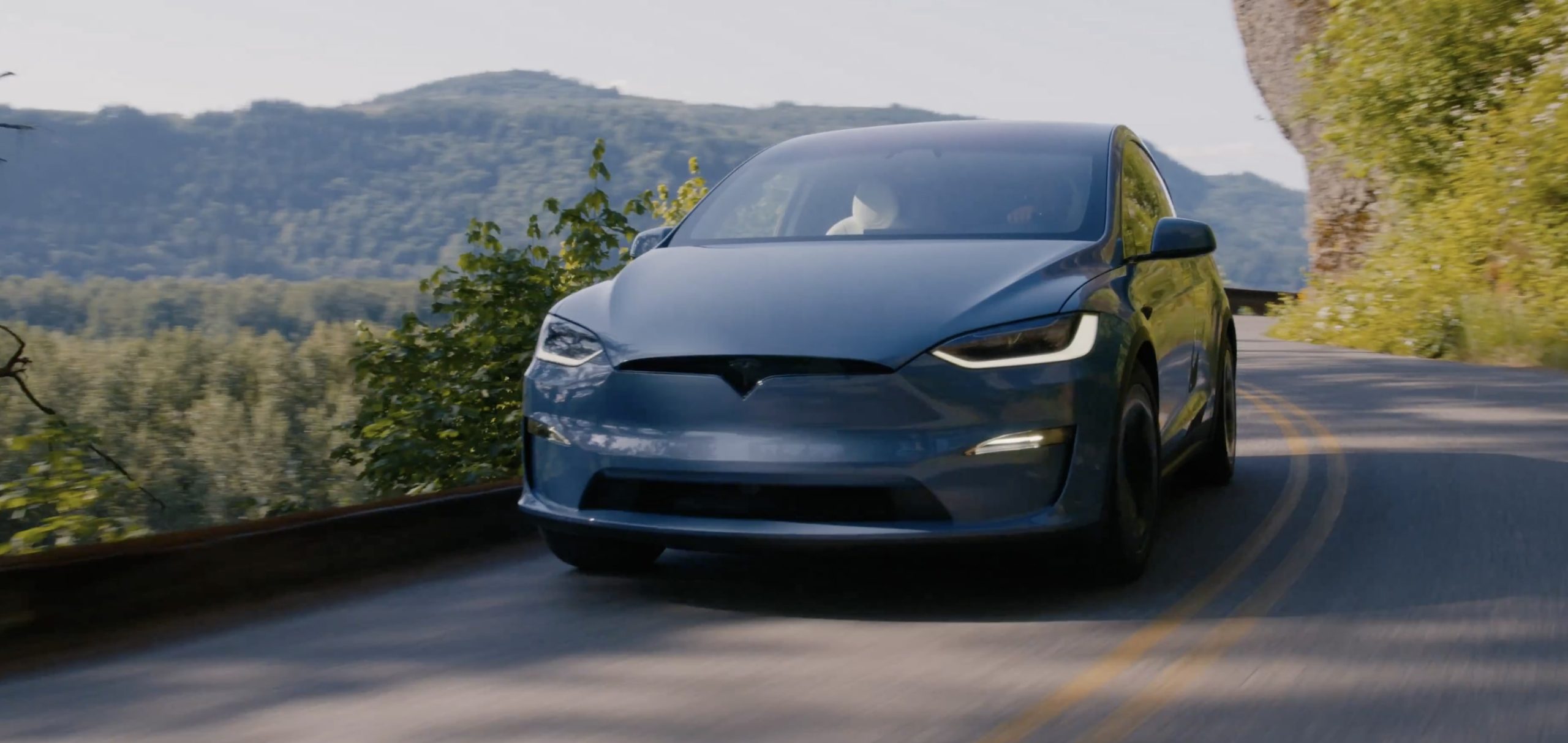
The Tesla Model X has always been one of the company’s most loved vehicles, despite its low sales figures, which can be attributed to its high price tag.
However, the Model X has been a signature item on Tesla’s menu of cars, most notably recognized by its Falcon Wing Doors, which are aware of its surroundings and open according to what’s around it.
But recent improvements to the Model X were looking slim to none, but it appears most of the fixes actually happened under the body, at least according to Tesla’s Vice President of Powertrain, Lars Moravy.
In a recent interview with Car and Driver, Moravy detailed all of the changes to the 2026 iteration of the vehicle, which was about 400 pounds lighter than it was originally. The biggest change is a modification with the rear motor, switching from an induction-type motor to a permanent-magnet design and optimizing the half-shafts, which shed about 100 pounds.
Tesla also got “almost 80 pounds out of the interior bits and pieces,” which “included making parts thinner, different manufacturing process choices, and incorporating airbag-deployment requirements into the headliner fabric,” the report said.
Additionally, the standard five-passenger, bench seat configuration saved 50 pounds by ditching pedestal mounting. This also helped with practicality, as it helped the seat fold flat. Engineers at Tesla also saved 44 pounds from the high-voltage wiring through optimizing the wiring from the charge-port DC/DC converter and switching from copper to aluminum wiring.
Tesla makes a decision on the future of its flagship Model S and Model X
Tesla also simplified the cooling system by reducing the number of radiators. It also incorporated Nürburgring cooling requirements for the Plaid variant, which saved nearly 30 pounds.
Many Tesla fans will be familiar with the megacastings, manufactured in-house by presses from IDRA, which also saves more than 20 pounds and boosts torsional stiffness by around 10 percent. Tweaks to the suspension also saved 10 pounds.
People were truly disappointed with what Tesla did with the Model S and Model X, arguing that the cars needed a more severe exterior overhaul, which might be true. However, Tesla really did a lot to reduce the weight of the vehicle, which helps increase range and efficiency. According to Grok, every 200 pounds removed adds between 7 and 15 percent to range estimations.
This makes sense considering the range estimations both increased by 7 percent from the Model X’s 2025 configuration to the 2026 builds. Range increased on the All-Wheel-Drive trim from 329 miles to 352 miles, while the Plaid went from 314 miles to 335 miles.
